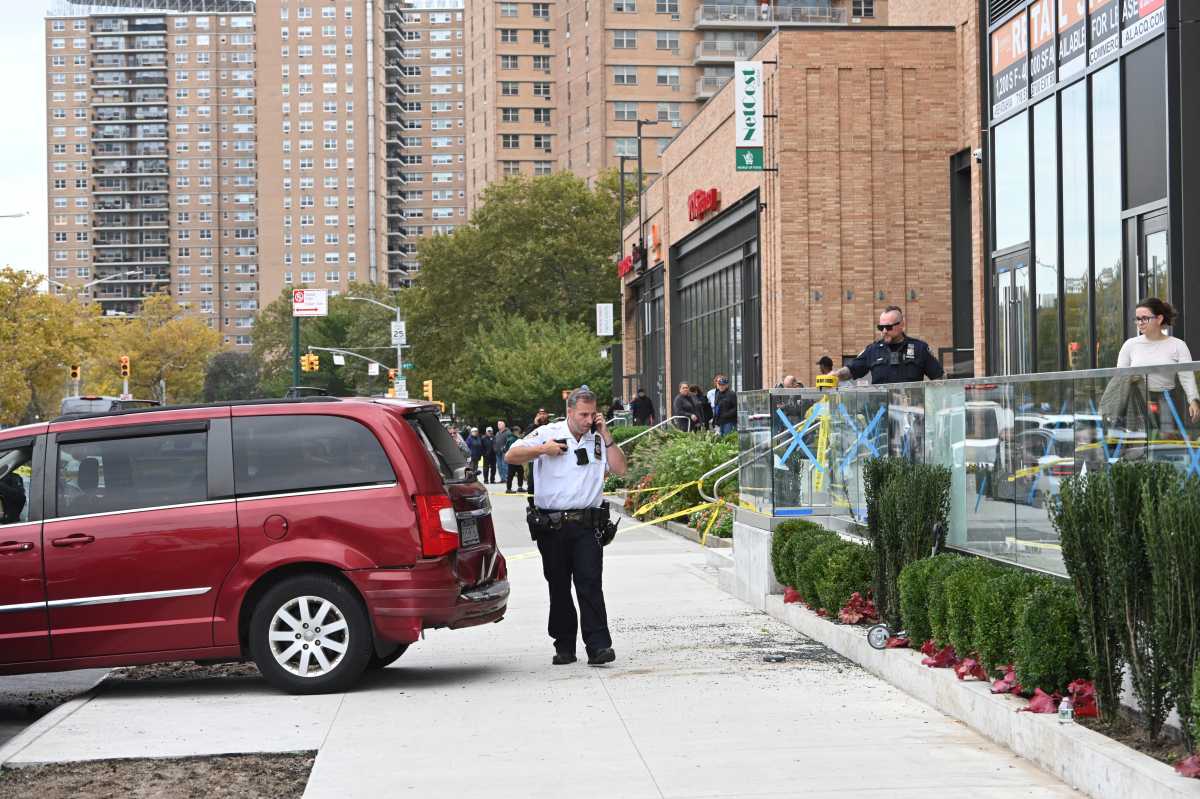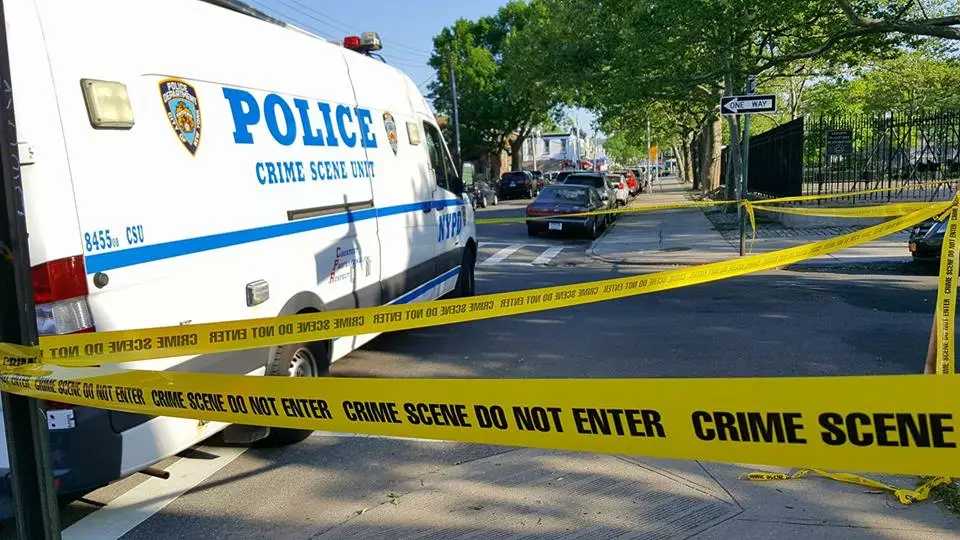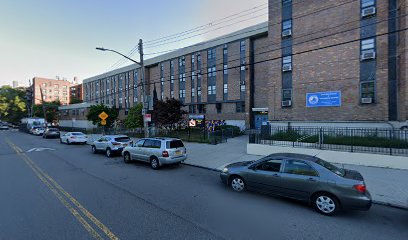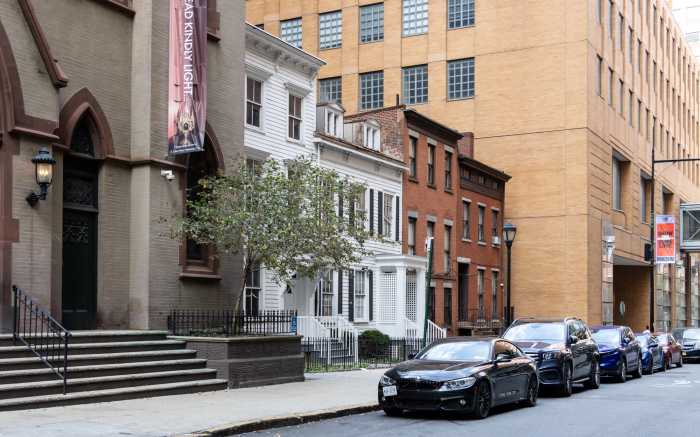
Borough Park has more people living in poverty than East New York, but it has the highest life expectancy in Brooklyn, according to city data released Wednesday.
In both neighborhoods, about 32% of residents are impoverished, but Borough Park has slightly more. Its life expectancy is one of the highest in the city, at 83.5 years, while residents of East New York are only expected to live to 77.7 years.
Northern Brooklyn neighborhoods like Williamsburg and Greenpoint are the most polluted in the borough; East Flatbush has the fewest smokers; and residents in Bensonhurst and Sunset Park have the least English proficiency, according to health department profiles of every Brooklyn neighborhood.
The department’s profiles ranged from more traditional barometers of health, such as obesity (Crown Heights and Prospect Heights are the most afflicted) to more unusual ones, such as education levels and how much residents have to fork over on rent.
Brownstone Park Slope has more college grads than any other Brooklyn neighborhood, at 72%, while Brownsville has the fewest — at just 18%.
Borough Park had the highest number of people spending more than 30% of their gross income on rent, at a staggering 63%. Flatbush, Midwood, southern Crown Heights, and Lefferts Garden renters also gave a significant amount of their paychecks to their landlords.
Although the health profiles that came out Wednesday were of Brooklyn, many had data on other city neighborhoods. They revealed that Staten Island’s Tottenville and Great Kills neighborhoods have the smallest percentage of people living in poverty, at 6%, and that Rego Park has the fewest physical attacks that send people to the hospital.
They also showed the staggering economic and social disparities that exist both within Brooklyn, and citywide. Brownsville residents, for instance, were almost five times more likely to die before 65 than someone who lives on Wall Street.
“Life expectancy in Brownsville, for example, is 11 years shorter than in the Financial District,” wrote Health Commissioner Mary Bassett in the report.
A Brownsville baby is only expected to live to 74.1 years, and the neighborhood has the highest assault rate citywide, the agency says. An average 180 people per 100,000 residents are assaulted — compared with only 64 citywide.
“The challenge in Brownsville is that it’s the highest concentration of public housing in North America,” said James Brodick, who is the director of the Brownsville Community Justice Center.
“You have high levels of poverty, unemployment, and I think there’s a lot of frustration,” he said. “The way it manifests is that many of these things turn into survival mode, and sometimes its leads to negative behaviors including violence and criminal activity.”
He added that fights outside of Brownsville may range from money to politics, but inside the neighborhood, many clashes are sparked by tension between the housing developments. “A lot of it is over territory,” he said. “They probably wouldn’t call it gangs anymore, they’re more like sets and crews.”
The analysis also showed that Bushwick has more teen births than any other Brooklyn neighborhood — almost 41 births per 1,000 girls between the ages of 15 and 19. Bay Ridge had the lowest in Brooklyn at only 14.
“It comes back down to education within our schools, making sure sexed programs are there and that adults also have access to protection when it comes to condom access and other contraception,” said Bushwick’s councilman Rafael Espinal. “So the Department of Health has to make a real effort in reaching out to our local hospitals, clinics and schools so that individuals have access to protection when they do engage in sexual activity.
It also captured how much Brooklyn has been suffering from obesity and diabetes. About 27% of Brooklyn adults are obese, and 11% have diabetes. As many as 18% of East New Yorkers are suffering from diabetes, followed by 16% in Prospect Heights and Crown Heights. Bay Ridge residents suffered the least from diabetes, at 6%.
By the end of the year, a health profile of every neighborhood will be released by the city. The data for Manhattan neighborhoods will be released later this month. The health department will then release the data for Staten Island, the Bronx, and Queens in November.
It will share the findings with community organizations and boards, local officials, and medical providers around the city to fight inequality in different communities’ health.







































